OK, it’s been way too long since I’ve done one of these (or, really, anything on this site), so why not come back in style? Over the last couple of months, I’ve been incredibly busy with a few things (such as, um, getting married!), but now I have returned for my real purpose in life: giving you all bite-size takes on games most of you aren’t even playing right now. In this full-on lightning round edition of Punished Notes (Volume 22), I discuss the Street Fighter series, Tunic, Nintendo Switch Sports, and potato chips.
LIGHTNING ROUND!!!!!!!!!!!!!!!!!!!!!!
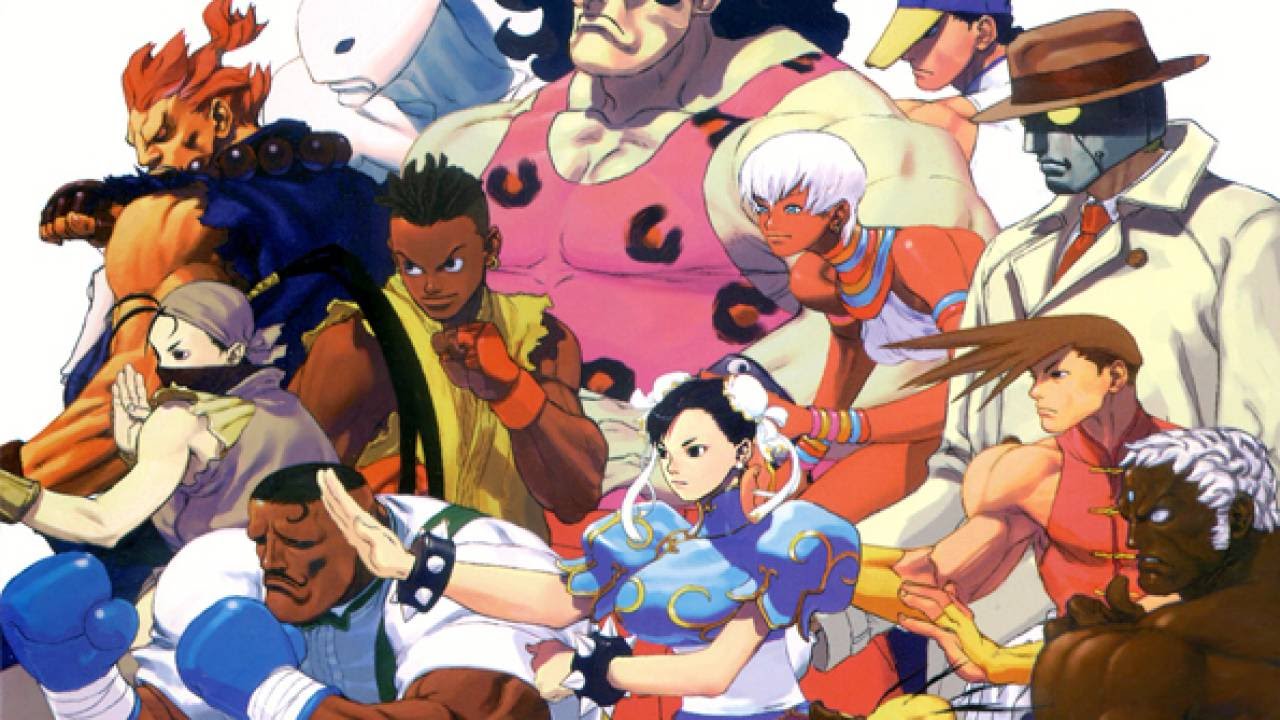
Street Fighter Notes
-Having recently purchased the Street Fighter 30th Anniversary Collection and played through its contents, I’ve noticed that while the series has evolved immensely over the years, the language each entry speaks remains fairly consistent. By language, of course, I mean not just fighting mechanics, but the general vibe and atmosphere of each game.
From Street Fighter II all the way through Street Fighter IV (don’t want to comment much on SFV; I haven’t played much of it), the player always sees vivacious character animations, detailed backdrops across dozens of recognizable locales, and sharp but harmless trash-talking. Combat in the Street Fighter franchise is not a means to an end, but rather a mode of communication, both in terms of how fighters communicate with each other and how the player communicates with the game. Even when the series would add new characters, broader move-sets, new mechanics (such as EX moves and parries), and smoother animations, the same language fundamentals always remain.
With the exception of the very first Street Fighter (which is as important as it is awful), every game feels like a natural evolution from its direct predecessor without feeling cynically repackaged every time. Street Fighter II: The World Warrior (the game that put the series on the map) may feel slower and less comprehensive than Street Fighter III: 3rd Strike (arguably the best title in the franchise), but they’re both speaking the same language, with SFIII simply having a wider and more refined vocabulary. Much like comparing the works of Chaucer to that of Shakespeare, the latter does not exist without the former, even if the former is much harder to read.
-The best way to see how Street Fighter language has evolved, but still feels super familiar? Play as Ryu or Ken in the original Street Fighter II compared with any other game in the series. It’s always a little bit different, but performing a hadouken always feels the same.
-The best games in the 30th Anniversary Collection are all iterations of Street Fighter III and Alpha 2; my least favorites were the first Street Fighter and any iteration with Turbo in the title. (Everything is just a little too fast for my liking. Yes, I’m terrible at these games.)
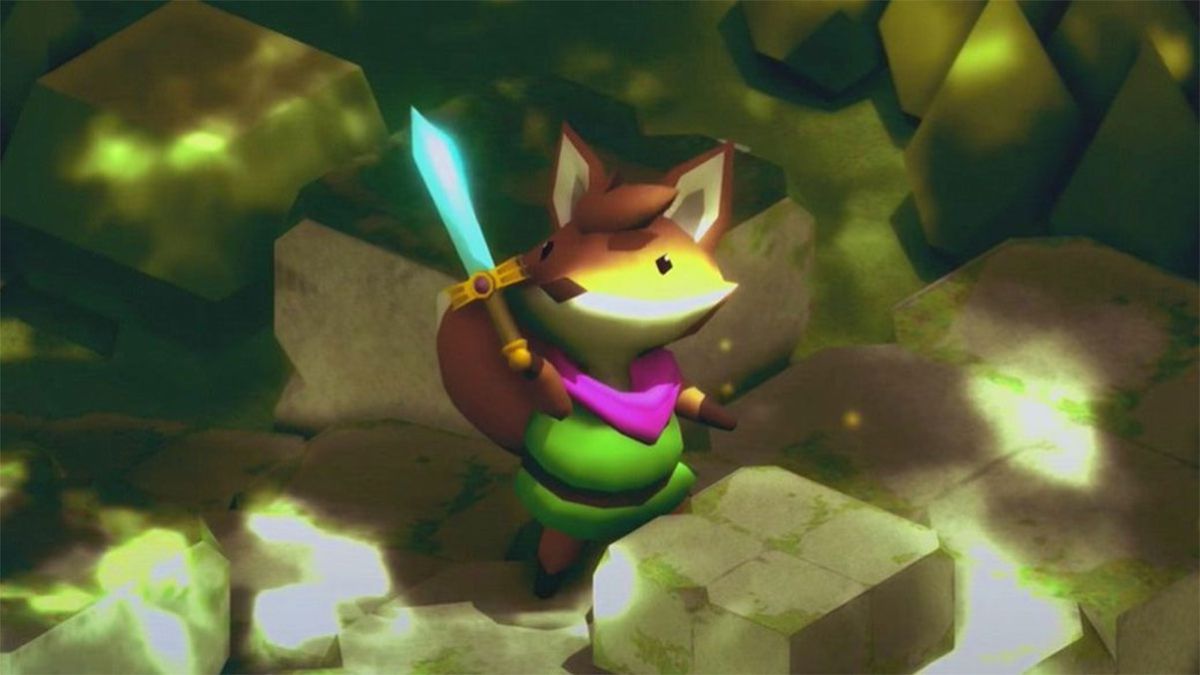
Tunic Notes
–Tunic is an excellent Zelda-like with a number of clear flaws. While I adored the map exploration, puzzle solving, music, and all-around atmosphere, the combat is clunky and overly punishing and some of the critical path puzzles are slightly too obtuse. The nice thing, though, was that I could just turn on invincibility and never have to worry too much about dying, making the combat sequences less aggravating.
-Many would argue (and I would agree) the best of Tunic lies in its in-game manual, which the player builds by finding loose pages throughout the world. I miss those little booklets coming with games now; the industry is worse off without them.
–Tunic wears the Zelda-like mantle better than most because it understands that art direction and ambient music only go so far; you need to have clever puzzle design and dungeons people want to thoroughly explore. Tunic succeeds in that category better than most Zelda imitators.
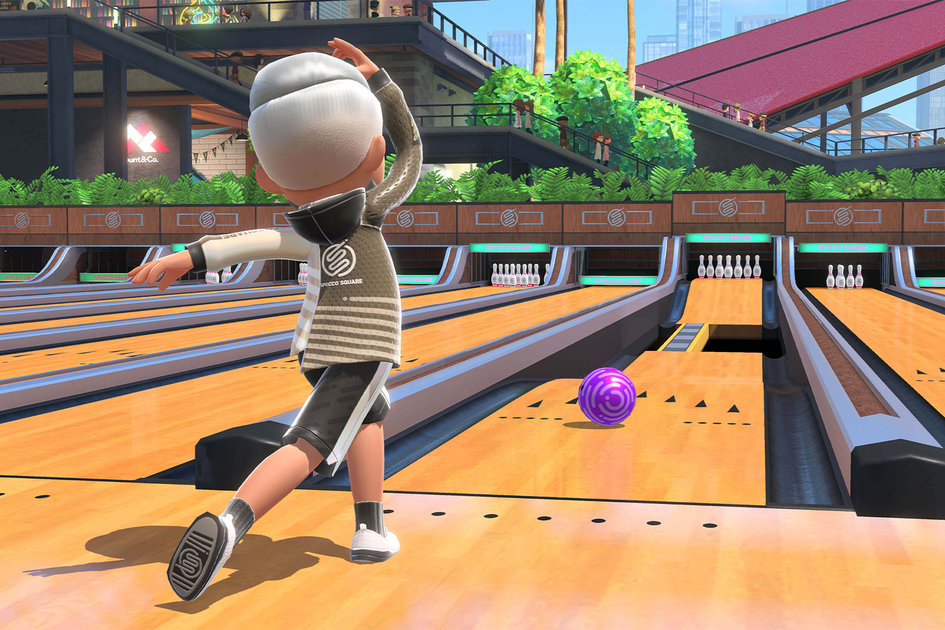
Switch Sports Notes
-While the fever around Nintendo Switch Sports appears to have cooled, the game delivers exactly the type of experience missing from AAA games today. The Wii’s motion-control revolution never really took off in quite the way Nintendo had imagined (such mechanics still exist in VR games, but VR remains relatively niche), so I appreciate that Switch Sports gives me the opportunity to feel more actively involved in my sports games.
Not every sport in the package is a banger (chambara and soccer are neat additions but not quite as fun as they look), but I’ll take motion-control tennis, bowling, and volleyball over any other video game equivalent on a traditional gamepad.
-To me, the success of the motion controls in Switch Sports comes less from the accuracy of movement and more from the physical satisfaction of nailing a serve or rolling a strike. It can be exhausting to swing your arms that many times in a single play session, but the endorphins are worth it.

Halo Notes
-Let me get this out of the way: The rollout of new content for Halo Infinite has been disappointing. For a service game, Infinite simply does not have enough multiplayer maps and new gameplay modes, and there are still a handful of technical issues that have yet to be addressed by 343 Industries. That said, I really like the new season! King of the Hill is a blast to play, the two new maps are impeccably well-designed, and the new Last Spartan Standing mode presents a refreshing take on the played-out battle royale genre.
-All that said, what I really want for Infinite is the addition of campaign co-op and more single-player content. Infinite’s open world presents ample opportunity for new missions, challenges, and story beats, and I’m hoping 343 has plenty more in store.
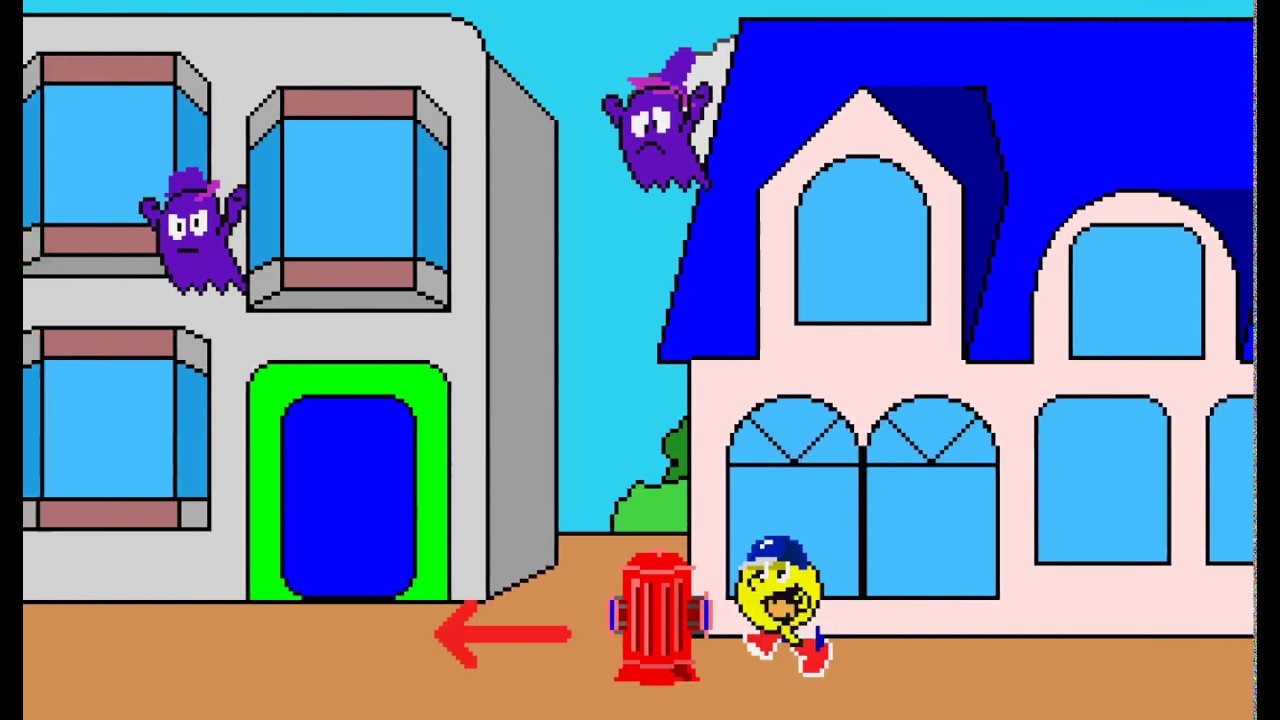
Other Quick Notes
-I ended up quitting Elden Ring after about 60 hours, without completing the main story (or even getting to the Mountaintops of the Giants). My story feels complete even in failure, and while the game hadn’t become a chore yet, I think I walked out just before it was about to.
–Pac-Man Museum+ is a nice collection of classic titles, but my two biggest takeaways are 1) Pac-Man Arrangement is great and underrated, and B) Pac-Land is an abomination.
-Of all the big upcoming 2022 and 2023 games, I’ve recently found myself extra excited about Street Fighter VI and Pokémon Scarlet/Violet. They both seems to be taking their respective franchises in positive new directions, and I’m looking forward to seeing how they turn out.
-During my honeymoon in Yountville, California (in the Napa area), I attended many delightful wine tastings, but the one that stuck out the most was Silver Trident’s “Potato Chip Extravaganza,” where every wine sample comes with a particular flavor of potato chip as a pairing.
Not only was this a delicious way to spend a sunny afternoon, but it got me thinking: Why doesn’t everyone do this? How come wine and chips aren’t more obviously associated with one another?
Anyway, try their Pinot Noir with their dill-flavored chips. Neither component is especially great on its own, but they work WONDERS together.
Sam has been playing video games since his earliest years and has been writing about them since 2016. He’s a big fan of Nintendo games and complaining about The Last of Us Part II. You either agree wholeheartedly with his opinions or despise them. There is no in between.
A lifelong New Yorker, Sam views gaming as far more than a silly little pastime, and hopes though critical analysis and in-depth reviews to better understand the medium's artistic merit.
Twitter: @sam_martinelli.









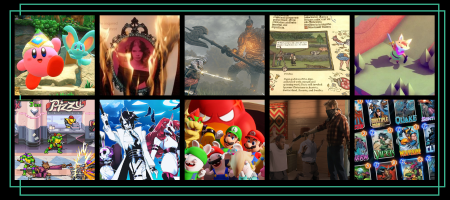
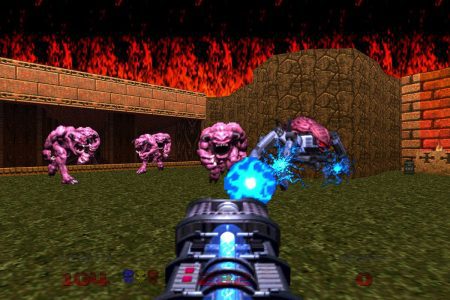
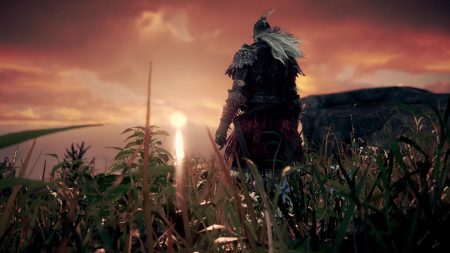
“my least favorites were the first Street Fighter and any iteration with Turbo in the title. (Everything is just a little too fast for my liking. Yes, I’m terrible at these games.)”
Super Street Fighter II Turbo gives you the option to select game speed in the Arcade ROM options on the Anniversary Collection so you can still enjoy the game even if you don’t like it fast. For what it’s worth it plays a lot better than any other iteration of SF2 on any speed you choose.